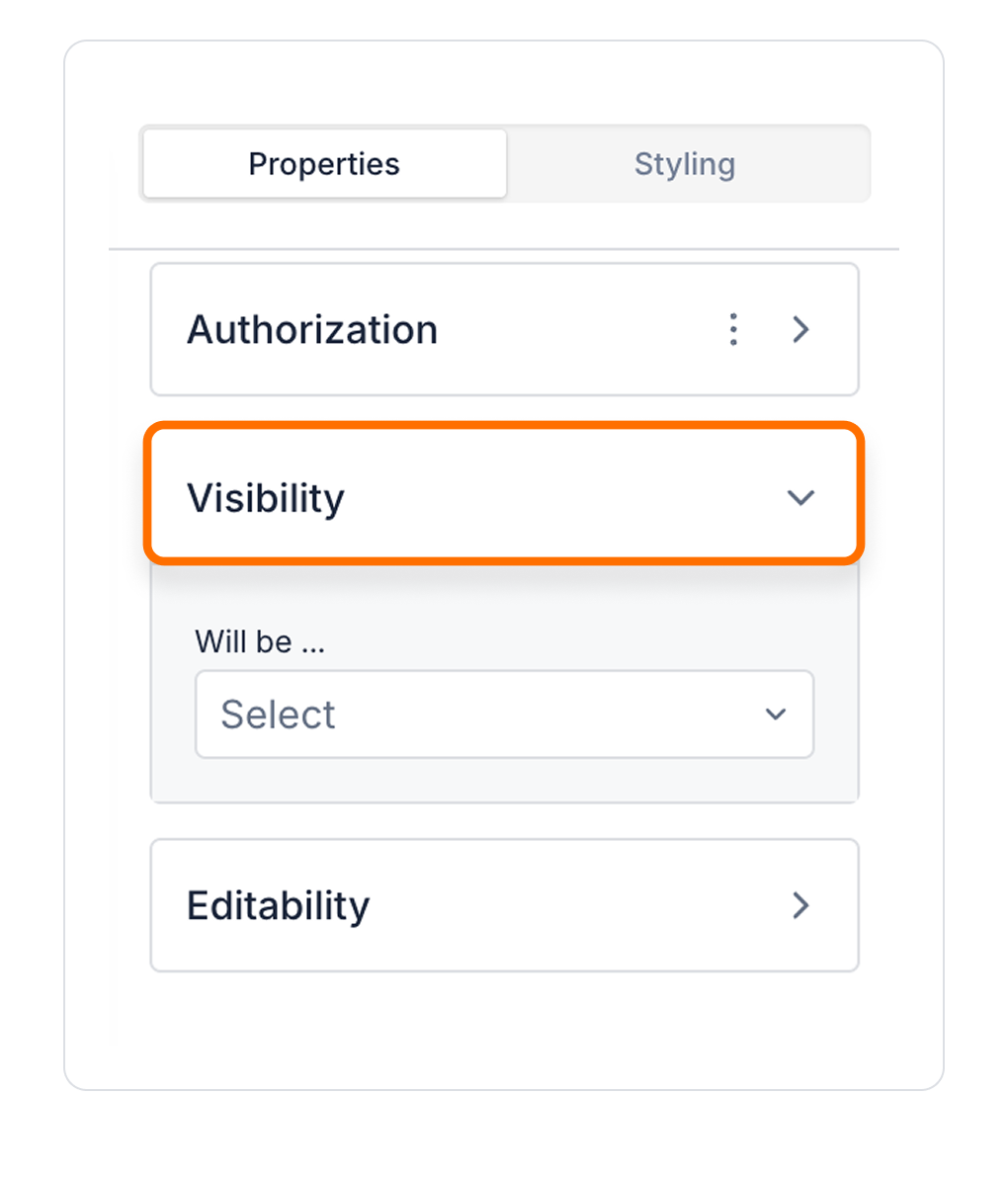

Kuika's Barcode Renderer element is used to generate and display barcodes. Barcodes are widely used to communicate product information quickly and efficiently. With this element, you can easily integrate barcodes in your application. Barcode Renderer supports different types of barcodes and allows users to identify products through scanners or mobile devices. In this tutorial, you will learn how to create barcodes using the Barcode Renderer element and how to display them in your application.
This training content consists of the following topics:


You can configure the properties of the Barcode Renderer element in the Properties panel on the right sidebar.

The Barcode Renderer element allows users to quickly communicate and identify product information within the application.
Authorization

To manage access control at the element level, you can use the Authorization section in the Properties panel.
Access Types
Anonymous
Allows all users to view the element without logging in.
Restricted
Restricts access to only verified users or specific roles.
Unauthorized Behavior (Hide / Disable)
If the user does not have the required role, you can specify how the element should behave in the Choose field:
This setting is used to manage how unauthorized users encounter the element.
Visibility

To configure the setting:


By customizing your elements with the Styling Panel, you can create impressive interfaces for your web and mobile applications. In this section, you can configure the following settings:
By following these steps, you can configure the Area Chart element to suit your needs.